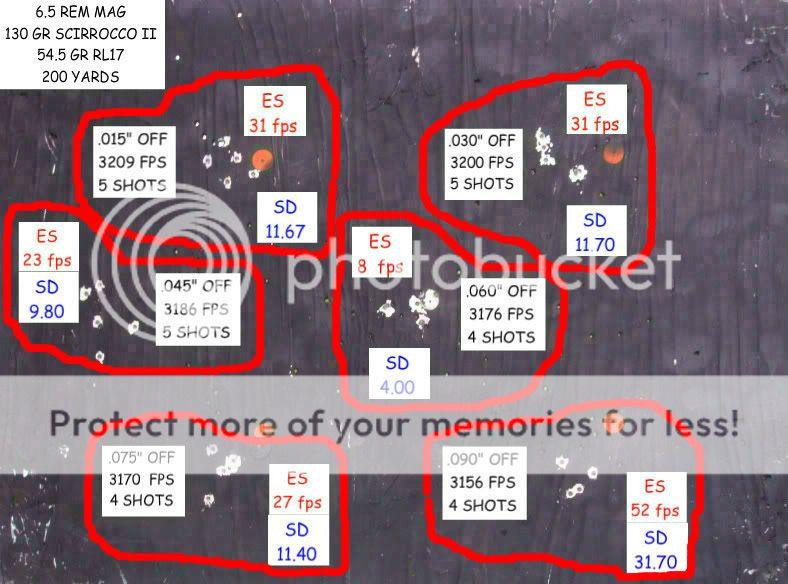martyj
Well-Known Member
- Joined
- May 12, 2010
- Messages
- 421
I would like to get my ES closer on my reloads and would appreciate any help.
I full length resize
weigh each charge to tenth of grain
trim cases
Weigh cases and sort them accordingly
chamfer primer flash hole and case mouths
What am I missing or doing wrong that I get a ES of 50 fps
I full length resize
weigh each charge to tenth of grain
trim cases
Weigh cases and sort them accordingly
chamfer primer flash hole and case mouths
What am I missing or doing wrong that I get a ES of 50 fps

